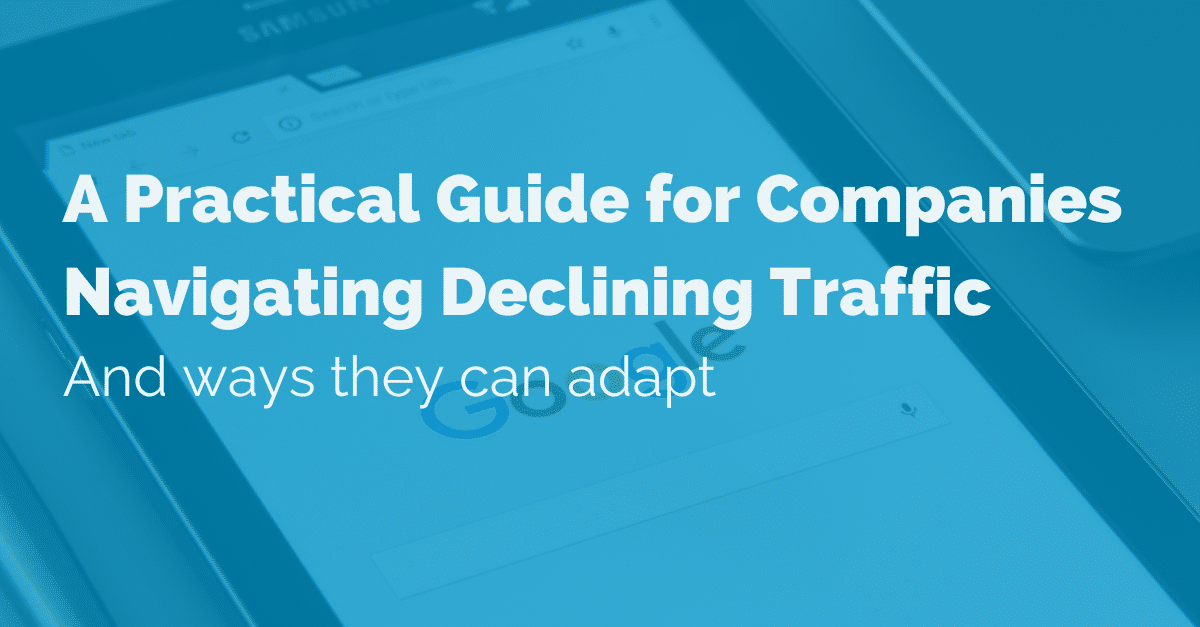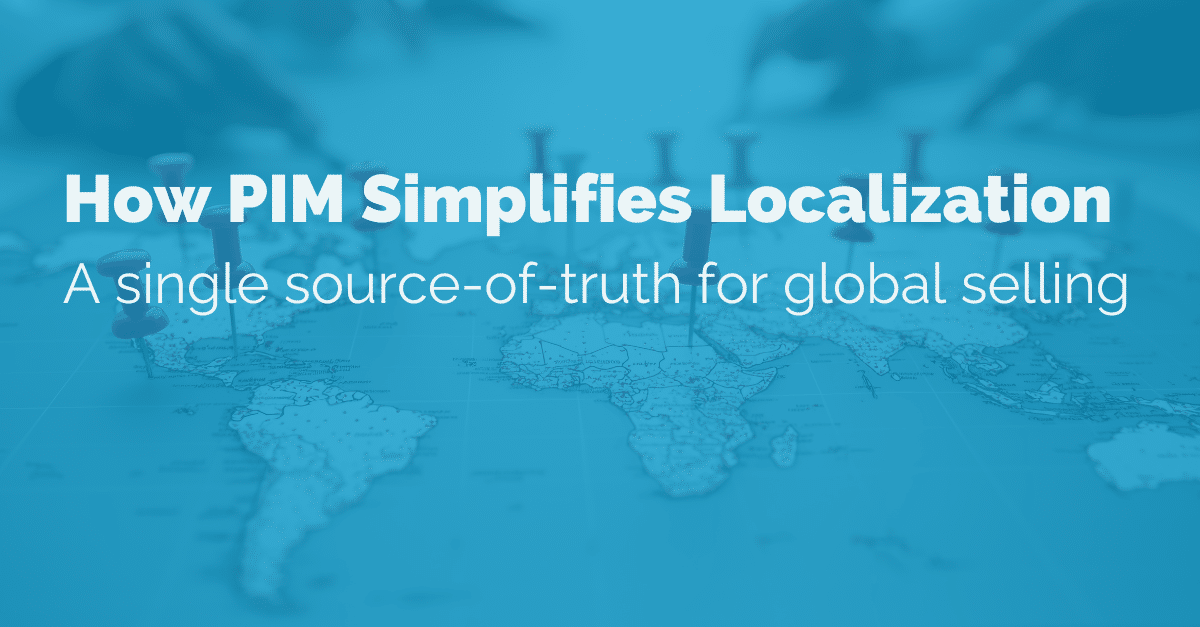1. What is the purpose of a line sheet?
Line sheets provide a comprehensive overview of product lines enabling buyers to make informed buying decisions. Whether the buyer is B2B or B2C, you can share product information quickly and easily. In the case of B2B, you also have an opportunity to show buyers the potential sales they can enjoy with a recommended retail price (RRP). A standard line sheet includes the following:
- Product images
- Relevant product codes
- Product descriptions
- Product attributes such as size, color, dimensions, function, etc.
- Prices, whether wholesale, retail, or recommended retail
- Customized information based on the intended buyer, whether it is B2B or B2C
However, they also help streamline the buying process for wholesale scenarios, sharing product information and details such as the order form and a cover page that introduces the product line or collection. Terms and conditions are also crucial in the B2B process, such as:
- Minimum Order Quantities
- Ship Windows
- Shipping Costs
- Return Policy
- Payment Terms
2. What are the benefits?
Line sheet documents showcase products providing a comprehensive overview to streamline the product review process. Line sheets can be used in both digital and physical formats:
- Digital formats: Ready to share, whether online, via email, through your vendor portal, etc., your digital sheets are ideal tools that enable retailers to market your products quickly using a product information management system (PIM).
- Physical format: Printed line sheets are suitable as handouts at trade shows, at sales appointments, inserted in marketing packages, in product launch press kits, repurposing in catalogs, and more.
When used as part of a comprehensive catalog, your line sheets easily demonstrate the breadth of your products, whether as individual items or as part of a collection. For example, a furniture collection based on a specific design might include furniture for dining, living rooms, and bedrooms, with each item sharing the same design aesthetic.
Likewise, it might be the latest fall collection for fashion, while for electronics, it might be a family of kitchen appliances.
3. Why do retailers use them?
Today product information is essential for customers who demand as much detail as possible. As a result, retailers can use line sheets to improve the customer experience. They can readily share accurate, high-quality manufacturer and designer product information, enabling customers to make informed buying decisions.
Line sheets also make it easy to compare items on retailer sites, as they come in standardized formats that are easier to upload to eCommerce platforms. In addition, they present information in an organized manner, including:
Product images
High-quality images, including 3D and other digital assets like video, enable customers to experience the product first-hand. The level of detail enhances brand trust, showing customers the retailer wants them to understand the pros and cons of a product to ensure it meets their needs. Images sourced directly from the designer/manufacturers’ line sheet ensure retailers share vital product information suited to target customers.
Color options
Line sheets include a full line of color options, so customers can experiment with different colors instead of trying to picture how an item will look in pink versus green. Retailers can provide a color swatch panel to display color choices, which changes the corresponding image to give an accurate picture when clicked. The same can be said for different patterns for fashion or furniture items.
Size options
Sizing is always dicey, especially for fashion. Providing sizing information beyond just a standard Small, Medium, and Large ensures customers understand what size is right for them. For example, defining small with a size range such as fits size 0 to 3 or with clickable measurement ranges ensures customers choose the right size. For physical items like fridges or sofas, dimensions tell people the product’s footprint to help determine whether it will fit in their space.
Other information shared via line sheets includes functionality, features, and details such as the warranty.
Line sheets are a fundamental sales tool for B2B and B2C applications. As a wholesaler, sharing line sheets with retailers ensures high-quality information is shared with customers. At the same time, as a manufacturer or designer, you quickly showcase your unique selling points to your customers.
For more information on how a PIM can help enhance your line sheets, book a demo with the Pimberly team.
















